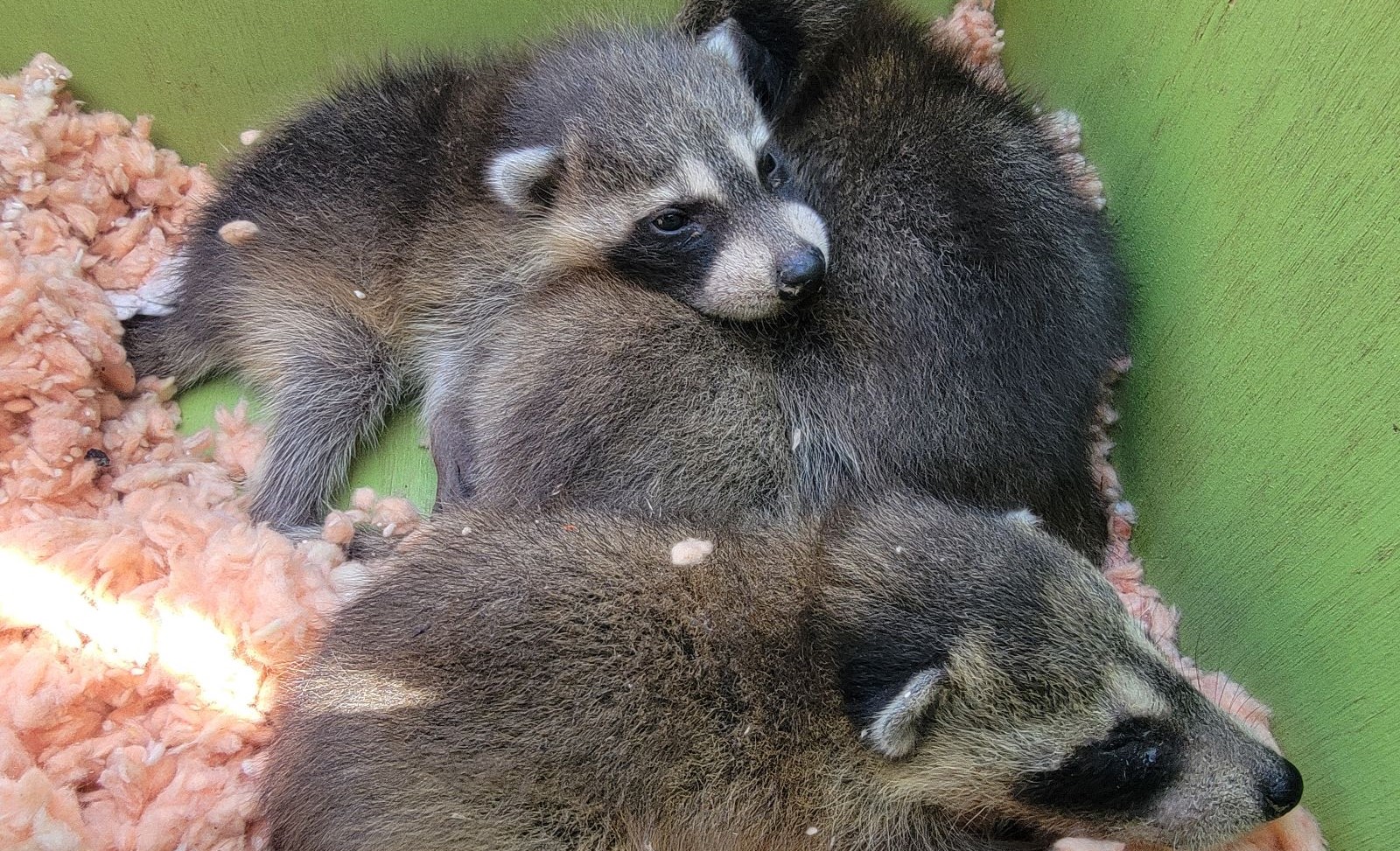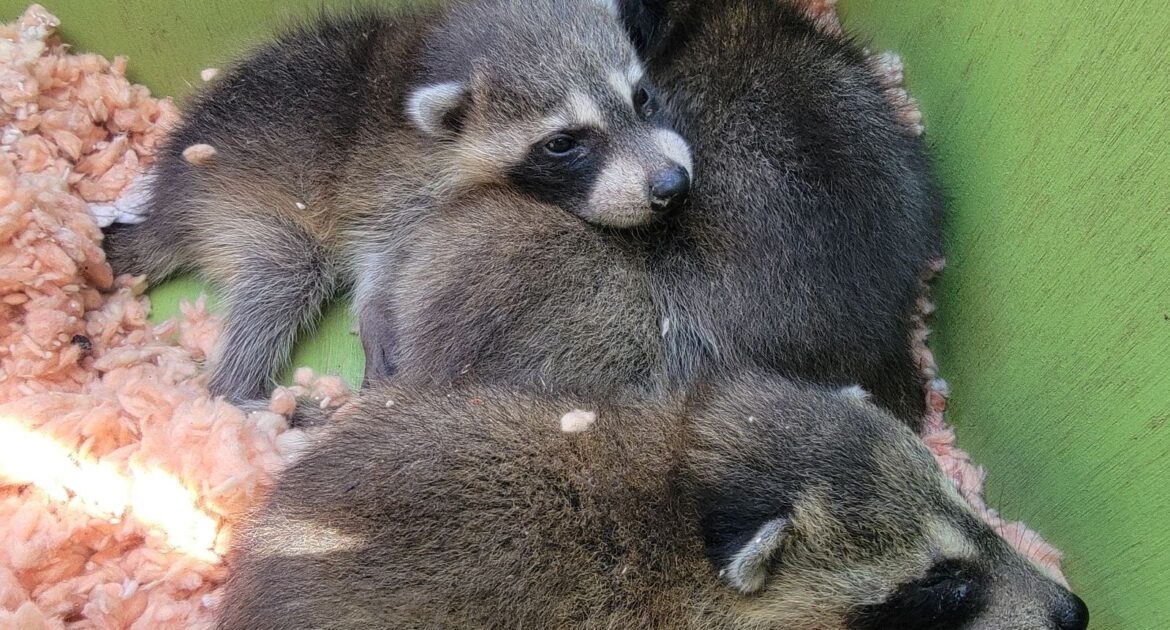Did you know that squirrels and raccoons might accidentally bring more than their adorable waddle or curious glances to your yard? They could carry diseases, too. Before you panic and throw out your backyard bird feeder, take a deep breath—we’re here to help you keep wildlife and your family happy, healthy, and safe.
Zoonotic diseases, which are illnesses passed between animals and humans, are more common than you think. But don’t worry. With some preventive steps and support from the expert team at Skedaddle Humane Wildlife Control, you can enjoy nature without letting it move indoors.
This post will explain zoonotic diseases, why prevention is key, and how we can help keep your home wildlife-free while being kind to your furry neighbours.
What Are Zoonotic Diseases?
Zoonotic diseases may sound like something from a science fiction movie, but they’re just illnesses that can transfer from animals to humans. Think of it this way: a virus or bacteria that animals carry doesn’t just stay with them; sometimes, it can hop species and affect us.
Examples of these include Lyme disease from ticks or rabies from mammals like raccoons.
Here’s a fun fact: Did you know that while more than 60% of known infectious diseases in humans are zoonotic, most of them are preventable with basic precautions? Yup, prevention is the superhero here!
The most common wildlife culprits around North American homes include raccoons, squirrels, mice, and bats, all of which have the potential to carry pathogens.
The key takeaway? It’s not about fearing these animals but understanding how to live safely alongside them.
Why Prevention Before Wildlife Moves In Is Essential
The best time to protect your family and pets from zoonotic diseases is before animals settle into your attic, walls, or vents. Once an animal moves in, it’s more likely to leave droppings, chew through structures, or even bring in other pests like fleas and ticks.
Prevention isn’t just easier; it’s smarter.
Think about it like locking your door at night. You’re not expecting an intruder, but you’re taking the steps to secure your space just in case. Wildlife exclusion stands in the way of unexpected visitors (the furry kind), ensuring your home stays yours.
Common Zoonotic Diseases Linked to Backyard Wildlife
1. Rabies (Bats, Raccoons, and More)
While rabies is rare, it’s important to keep bats and other mammals out of your living space. Bats, in particular, often roost in attics, so it’s critical to seal up cracks and gaps around your home to avoid uninvited nocturnal guests.
2. Hantavirus (Mice)
Mice are sneaky little explorers, but their droppings can carry hantavirus. This isn’t transmitted through bites but through inhaling dust contaminated with rodent waste. The solution? Clean and seal entry points to keep these tiny creatures from setting up shop in your walls.
3. Lyme Disease (Ticks Brought by Animals)
Squirrels or other wildlife carriers can drop ticks into your yard, raising your risk of encountering Lyme disease. Keep gardens tidy and remove brush piles to reduce tick-friendly spots around your home.
4. Leptospirosis (Raccoon Urine)
Raccoons may explore garbage bins or puddles near your property. Unfortunately, their urine can spread leptospirosis. Keeping raccoons out of crawl spaces and garages is essential to avoid such risks.
Preventing Wildlife Problems with Skedaddle’s Help
Step 1: Assess & Remove
Our experts start every wildlife job with a thorough property inspection. We look for small cracks, gaps, or vulnerabilities that animals may exploit. Think of it as a wildlife security check for your home.
When wildlife is already in your space, removal must be handled with care. Skedaddle Humane Wildlife Control specializes in safely removing animals without causing harm. For example, if a mother raccoon is nesting with her babies, we ensure the entire family is removed together and rehoused far from your home.
Step 2: Clean and Clear
Our Skedaddle team ensures your space is thoroughly cleaned and cleared after the wildlife removal process. We safely remove any nests, droppings, and debris left behind, sanitize the area to eliminate bacteria and odours, and restore your space to a clean, safe, and healthy condition. Your home deserves a fresh start, and we’re here to make it happen!
Step 3: Preventative Solutions
After removal and cleaning up, we don’t just walk away. We seal entry points, install protective barriers, and offer solutions tailored to your home’s unique layout. Prevention keeps future animals out while protecting wildlife from dangerous outcomes.
Simple Tips to Keep Wildlife Away
You don’t need to be an expert to take some prevention steps to protect your home from unwanted wildlife visitors. A few simple, family-friendly tips can go a long way:
- Secure Garbage – Wildlife like raccoons, opossums, and stray animals are often attracted to the smell of garbage. Use animal-proof bins with locking lids and keep them tightly sealed. If possible, store garbage cans in a shed or garage to minimize accessibility.
- Trim Trees and Bushes – Raccoons, squirrels, and other critters can use overhanging branches as highways to your roof, where they may try to find entry points into your attic. Regularly trim back trees and bushes near your home, keeping branches at least 6-8 feet away from the roofline.
- Store Food Properly – Birdseed, pet food, and even outdoor food scraps can be a feast for mice, squirrels, and other small animals. Store these items in sturdy, airtight containers and keep them indoors when possible. Avoid leaving food out overnight.
- Seal Cracks – Even the tiniest gaps around windows, doors, vents, and utility pipes can serve as entry points for small animals like mice and insects. Inspect your home regularly and seal any cracks or openings with caulk or steel wool to block access.
By taking these simple actions, you can make your property less inviting to wildlife while maintaining a respectful distance. These preventive measures not only protect your home but also ensure that interactions with wildlife remain safe, friendly, and distant.
Wrapping Up with a Smile
Keeping your home free from wildlife is less about creating barriers and more about building boundaries. Animals belong in nature, not in your attic or pantry. By understanding zoonotic diseases and practising prevention, you can keep your family safe and your wildlife encounters joyful.
Need a helping hand (or paw-free solution)? Contact us at Skedaddle Humane Wildlife Control. Our friendly team is ready to ensure your home remains wildlife-free and welcoming—for the humans, at least!
Enjoy the outdoors without letting it move in. Give us a call today!




